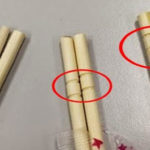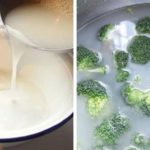Rainwater is often stored by rural residents in large containers for daily use, but few know how to properly sanitize it. We suggest ways to safely use rainwater for those who rely on it daily.
1 What’s in Rainwater?
Rainwater forms when water vapor in the air evaporates, meets cold air, condenses into water droplets, and falls to the ground as rain.
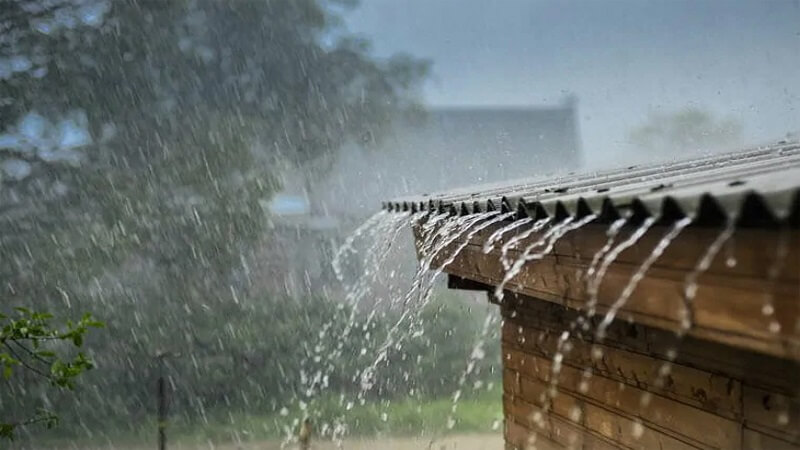 Rainwater contains accumulated air pollutants
Rainwater contains accumulated air pollutants
Water vapor contains bacteria such as E. coli (Escherichia coli), as well as industrial emissions like Cl2, CO2, CH4, NO2, NH3, H2S, SO2, dust, and volatile organic compounds. Hence, rainwater is often contaminated, containing minimal or no minerals, and has a sweet taste due to the lack of iron.
2 Health Risks of Improper Rainwater Use
Since rainwater forms from the evaporation of substances in the air, it can contain harmful bacteria.
Improper use of rainwater can affect the respiratory, digestive, and nervous systems and cause infections, especially if it is contaminated with pesticides or industrial smoke.
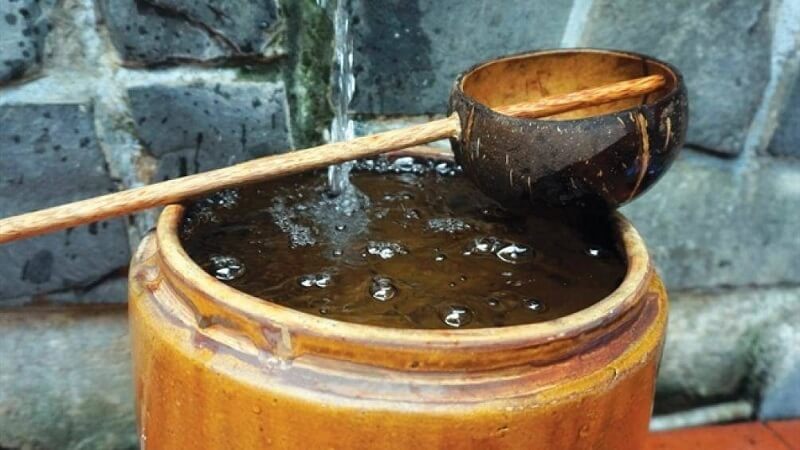 Improper rainwater use poses health risks
Improper rainwater use poses health risks
Additionally, rainwater lacks minerals, reducing the body’s immunity, and can cause skin irritation for sensitive skin types due to increased acidity if collected near industrial areas.
3 Tips for Proper Rainwater Treatment and Usage
Avoid Using Rainwater at the Start of the Rainy Season
Rainwater at the beginning of the rainy season contains more dust, bacteria, and impurities, and has a higher acidity level as it has accumulated in the atmosphere for a long time. These pollutants mix and fall with the rain.
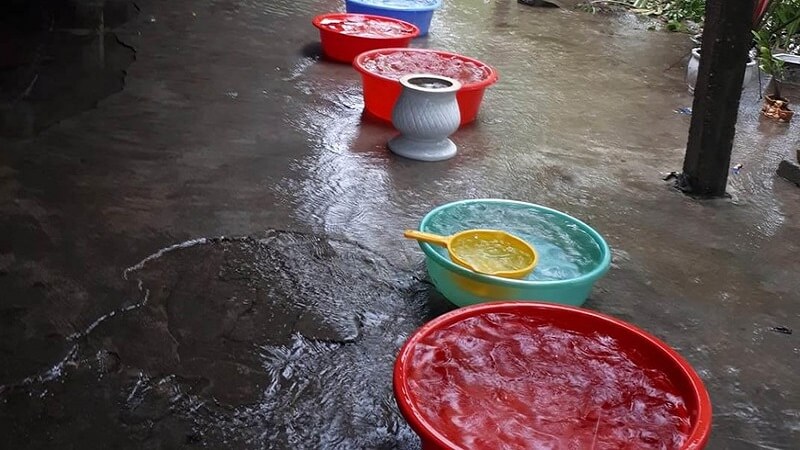 Avoid using rainwater at the start of the rainy season
Avoid using rainwater at the start of the rainy season
Due to the high level of pollutants and acidity, it can irritate the skin when used for bathing. If you wish to use rainwater, collect it after 15 minutes from the start of rainfall.
Avoid Collecting Rainwater in Highly Polluted Areas
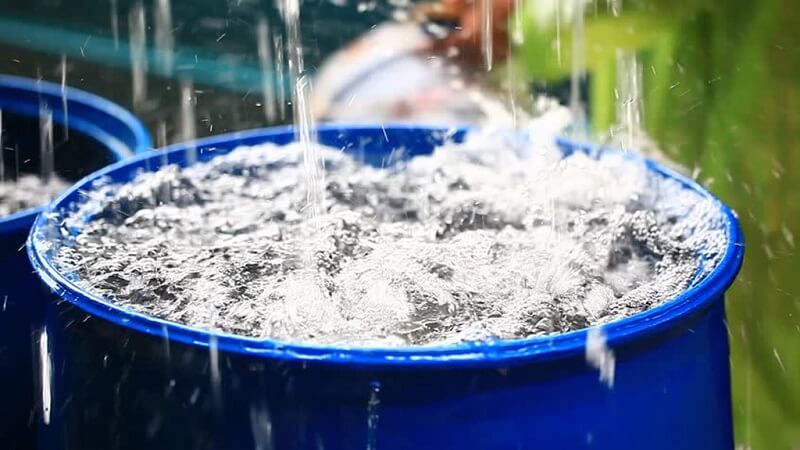 Avoid collecting rainwater in polluted areas
Avoid collecting rainwater in polluted areas
As mentioned, pollutants like SO2 and CO2 mix with water vapor to form rain. If the air quality is poor, the rainwater will be heavily contaminated and harmful to health.
Use a Water Purifier to Filter Rainwater
Water purifiers are an effective way to quickly and safely remove impurities from rainwater.
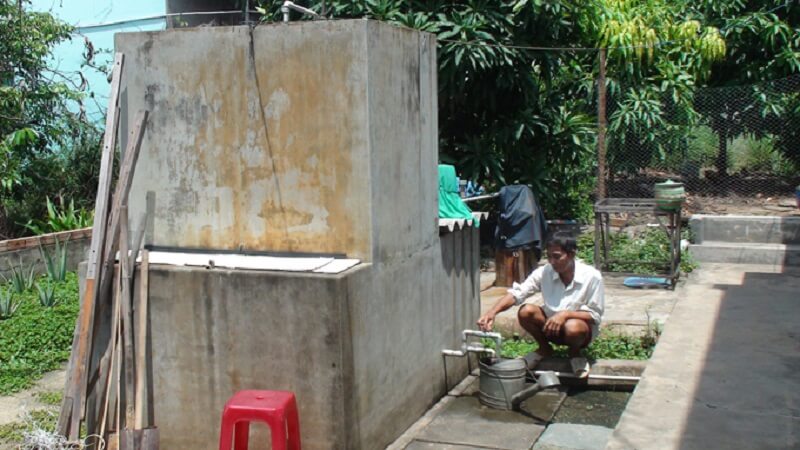 Use a water purifier to filter rainwater
Use a water purifier to filter rainwater
Purifiers with UV light help eliminate bacteria and remove harmful impurities, minimizing the risk of water recontamination.
You can also build a manual rainwater filtration system with a coarse pre-filter to save costs and ensure safer water for daily use.
Boil Rainwater Before Use
 Boil rainwater before use
Boil rainwater before use
As the saying goes, “cook thoroughly and boil water thoroughly.” High temperatures kill all harmful bacteria and cause heavy metals and chemicals to evaporate. Therefore, boiling rainwater ensures it is safe for consumption.
Learn more about World Water Day to join global efforts in protecting water sources and the environment for aquatic life.
The information above provides insights and precautions for safe rainwater usage, highlighting the potential health risks of improper rainwater utilization.
Exploring the Pros and Cons of Sleeping in an Air-Conditioned Room
Is sleeping with an air conditioner a good idea? As concerns over the adverse effects of air conditioning on our health increase, it’s important to understand the risks and rewards of using air conditioning while sleeping. Let’s examine the benefits and drawbacks of sleeping with an air conditioner, and the protective measures one should take.

























